Industrial washing / Articles
More productivity, less waste: what OEE means and how it gets results
OEE is an essential metric to ensure equipment efficiency. But what does it mean, and how can managers use it to improve performance on the shop-floor?
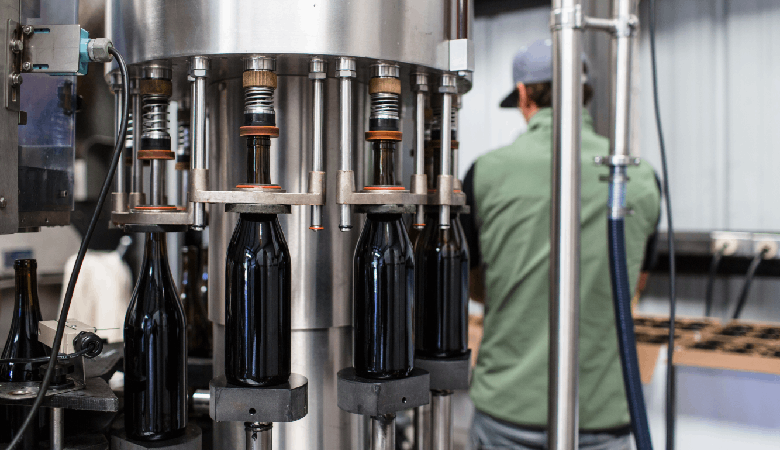
 12 minutes of reading
12 minutes of reading
2021-09-23 13:21:29
In a 4.0 world, it has never been more important to reduce costs and increase efficiency. It is a matter of market survival: customer pressure has never been more intense. Delivering the right product at the right time and at the right cost is paramount. To assess equipment efficiency, few indicators are as urgent, complete and actionable as the OEE. But what does this concept mean and how can managers apply it?
What is OEE?
OEE or Overall Equipment Efficiency is an efficiency metric, used in industrial companies to evaluate the performance of a machine, work cell or plant. Calculating the OEE is relatively easy - simply divide “productive” time by the total duration of a shift. In this formula, “productive” means only the time when the machine is operating at the expected quality and speed.
The higher that percentage, the more efficient the equipment. But to take advantage of this indicator, it is necessary to dive deeper and understand the elements that compose the OEE.
Why measure the OEE?
The major advantage of the OEE is that it divides production losses into three categories: availability, performance and quality. In this way, it is possible to identify areas that need improving such as:
- Scheduled stops, such as maintenance;
- Unscheduled stops, such as breakdowns;
- Micro stops, typically below 5 minutes, such as those caused by machine configurations and which are often not even recorded by operators;
- Setups, the setup time of new operating programs;
- Substandard operating speeds, when the machine operates at a speed lower than recommended by the manufacturer;
- Quality failures, whenever the final output does not meet quality standards or fails inspection.
THE ELEMENTS THAT MAKE UP THE OEE
Together, these losses form a single metric called OEE, an indicator that provides a complete picture of efficiency. The OEE allows companies to measure, compare and improve the performance of machines, work cells, production lines and even entire factories.
The impact of an OEE improvement can be very significant. For example, if a plant generates €10 million of EBITDA each year and has an OEE of 70%, each percentage point of OEE is worth €142,857. An OEE increase of just 1pp means that EBITDA will go up by 1.4%.
In a washing equipment, as in any other machine, measuring the OEE is recommendable as a starting point for improvements. This is often the first step to make this process more efficient and sustainable.
How to measure OEE in washing?
Applied to washing, the OEE represents the percentage of time the machine is washing the utensils at the pace set by the manufacturer (without loss of speed), without interruptions (without loss of time per stop) and with the expected quality.
For example, if a washing machine operated during the 8 hours of a shift at the optimal cycle speed and with excellent washing quality, the OEE will be 100%. But if it only worked for 4 hours, then the OEE is 50%. And if during those 4 hours it operated at half the standard speed, the OEE falls to 25%. If, in addition, the machine failed to wash half the components properly, the final OEE would be 12.5%.
A simpler way to calculate the OEE, but that offers less detail, would be to divide the actual number of utensils correctly washed by the theoretical total. For example, if an industrial washing machine can wash 700 utensils per hour, but is actually only able to wash 70, then the OEE is 10%. But this more simplistic form does not identify where the losses are and therefore offers less information to act on.
Whatever the calculation method, the OEE provides a standard metric for measuring, comparing and improving equipment efficiency. Therefore, methodologies such as Lean, Six Sigma and Total Productive Maintenance (TPM) typically employ it as a benchmark.
What are the reference values for the OEE?
A 100% OEE is the equivalent of perfect production: it means a machine only produces (or washes) pieces without defects as quickly as possible and without downtime. An 85% OEE is considered world-class for discrete (or piece-by-piece) production, including washing. For many companies, it is an appropriate long-term goal. An OEE of 60% is very common in discrete production, but shows that there is room for improvement.
But benchmarks also vary by sector, and are typically higher in industry and lower in Food or Pharmaceutical, for example.
However, we advise caution using OEE benchmarks, as not all companies use the same calculation formula. It is common for managers to exclude the scheduled maintenance time of the calculation, because they do not consider it a loss. However, the most "purist" formula includes all these elements in the calculation.
How to improve OEE in washing?
Improving the OEE results in a more efficient, cost-effective and environmentally friendly process. These are some ways to achieve it.
Real-time data collection
The first step to improving the OEE is to collect data. For testing, operators can collect the data themselves. But in the long run and with the goal of continuous improvement, most organizations benefit from equipment that measures the OEE in real time.
The washing equipment must be able to record all washing parameters (including speed), output of each cycle, operating and stoppage time (including micro stops). In this way, machines can automatically calculate the OEE, send alerts when values fall below the standard, and trigger help chains that notify support teams, even without operator intervention.
Internal and external benchmark
With the collected data, it is possible to measure, compare, analyze, identify the root causes of a low OEE and define an action plan.
As an example, availability losses (the downtime) on a specific machine could be higher than the organization average. Or it could be the case that the parameters introduced by the operators are not suitable for the type of utensils to be washed.
From here, maintenance can design specific improvements for that machine on that indicator, rather than trying to implement generic measures. The diagnosis work is simpler with benchmarks between machines and departments, but also with industry best practices.
Reduce setups
The setup is the activity of preparing for the next wash cycle. It starts when the previous cycle slows down and is only complete when the next wash achieves cruising speed. It involves a physical part (preparation of utensils) and another digital part (program configuration).
In a domestic washing machine, setup would be the time to take out clean dishes, load the dirty ones and program a new cycle. But industrial washing machines, such as Multiwasher, speed up setup times in two ways:
- An intuitive dashboard pre-records up to 20 programs. To start a new wash cycle, the operator simply has to choose and click. These machines save all settings and parameters (temperature, speed, amount of detergent, etc.), which reduces setup time and ensures optimal washing;
- Using two cars, the Multiwasher’s operators can load and unload utensils while the cycle takes place.
Increase washing quality
The OEE suffers whenever the washing machine cannot clean an item the right around. Therefore, improving the quality of washing is essential for a production process–so it will be more cost effective and environmentally friendly, with lower water and energy consumption.
Using a luminometer, a device that measures the amount of light generated by adenosine triphosphate (ATP), an energy source present in animal, plant, bacterial and fungal cells, it is possible to quantify the result of each washing cycle. The smaller the amount of light generated, the cleaner the utensil will be.
For example, in the Food area, the maximum is 500 units of light. A result above this value shows organisms at too high a concentration. In Healthcare, the requirements are 100 units of light (except in operating rooms, where it is even more restricted). At Somengil, we designed the Multiwasher to achieve high hygiene levels designed to the most demanding standards in each industry.
Decrease micro stops
Micro stops are one of the most difficult factors to record and, therefore, to improve. They happen whenever the machine stops because of an unforeseen reason, such as a minor malfunction or change. By definition, they take less than 5 minutes, but the accumulation of these minor interruptions at the end of a shift, day, year impairs the performance of the machine.
Proper maintenance will minimize micro stops, but to achieve this goal, it is important to follow the plan custom designed by the manufacturer. When micro stops occur, the response speed is essential, so the devices must be ergonomic and intuitive. Finally, training operators in simple maintenance tasks–minor repairs and replacements–avoids the use of specialized teams, who usually take precious time to reach the site.
At Somengil, we design our equipment to simplify operator interventions. For example, a visual system of lights shows the state of the operation. It is also possible to load and unload the machine while maintaining a correct posture and all information is available on one easy-to-use dashboard.
Somengil, unlimited efficiency
Efficiency is more than cost reductions–it is a state of fluidity in the processes in which all participants, people and machines are in perfect harmony. We work continuously to remove all obstacles to uninterrupted, efficient and high-quality washing.
As a result, the OEE of our equipments is much higher than household washing solutions–which are hampered by many manual tasks—and that of other industrial options–that do not achieve the same washing quality, the same level of data logging or such fast setups. Schedule a custom webinar for your operations and find out what OEE could be.
You may also like
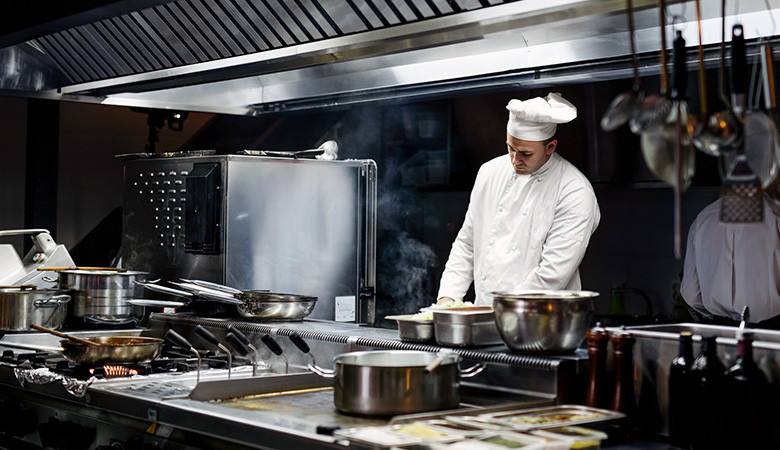
Industrial washing / Articles
Commercial kitchens: 10 steps to max efficiency
Discover 10 proven steps to maximize efficiency in your commercial kitchen, saving time, reducing costs, and improving hygiene.
Posted in 2025-01-27
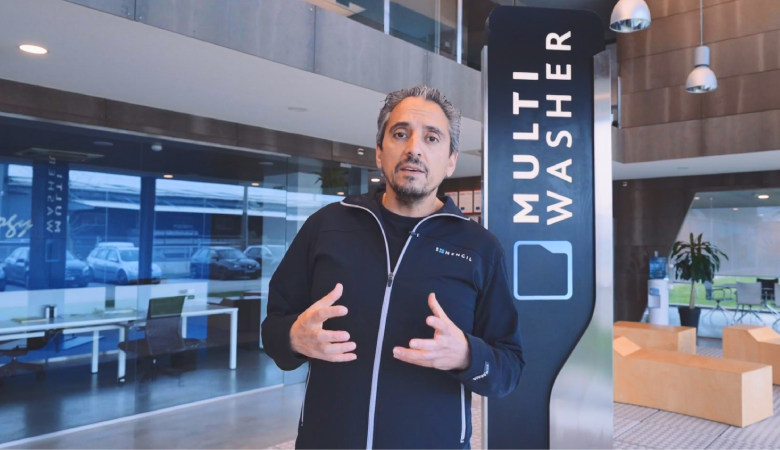
Industrial washing / Articles
Tony Ventura in an exclusive interview
New challenges, emerging technologies and a planet that needs everyone’s input.
Posted in 2023-08-04
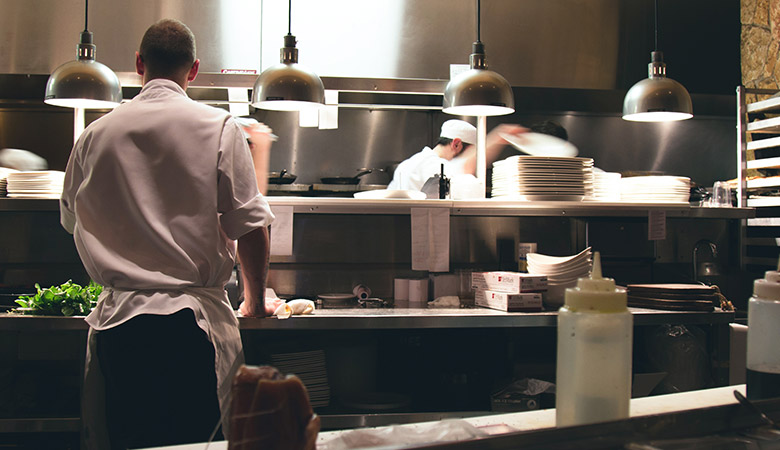
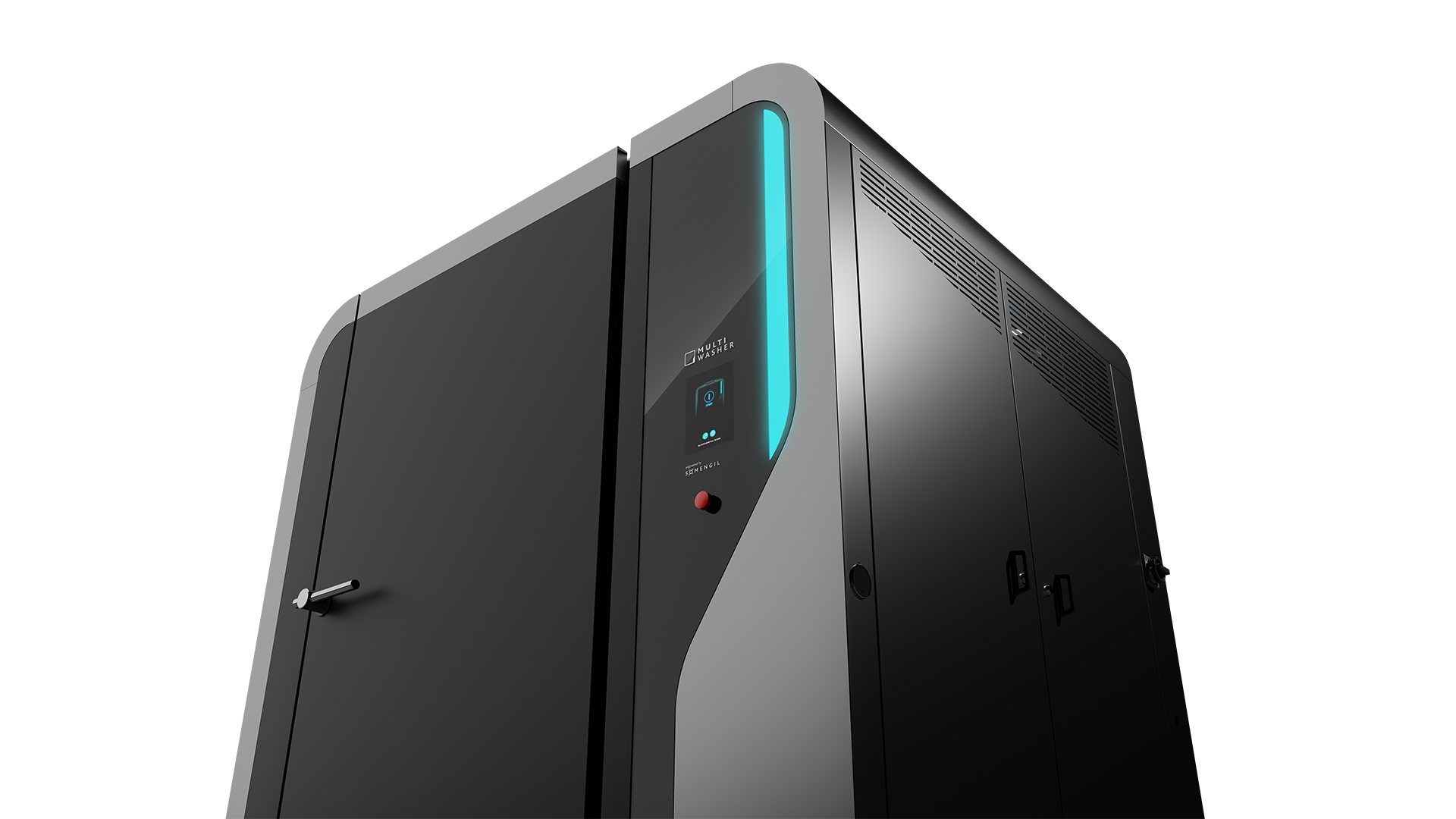
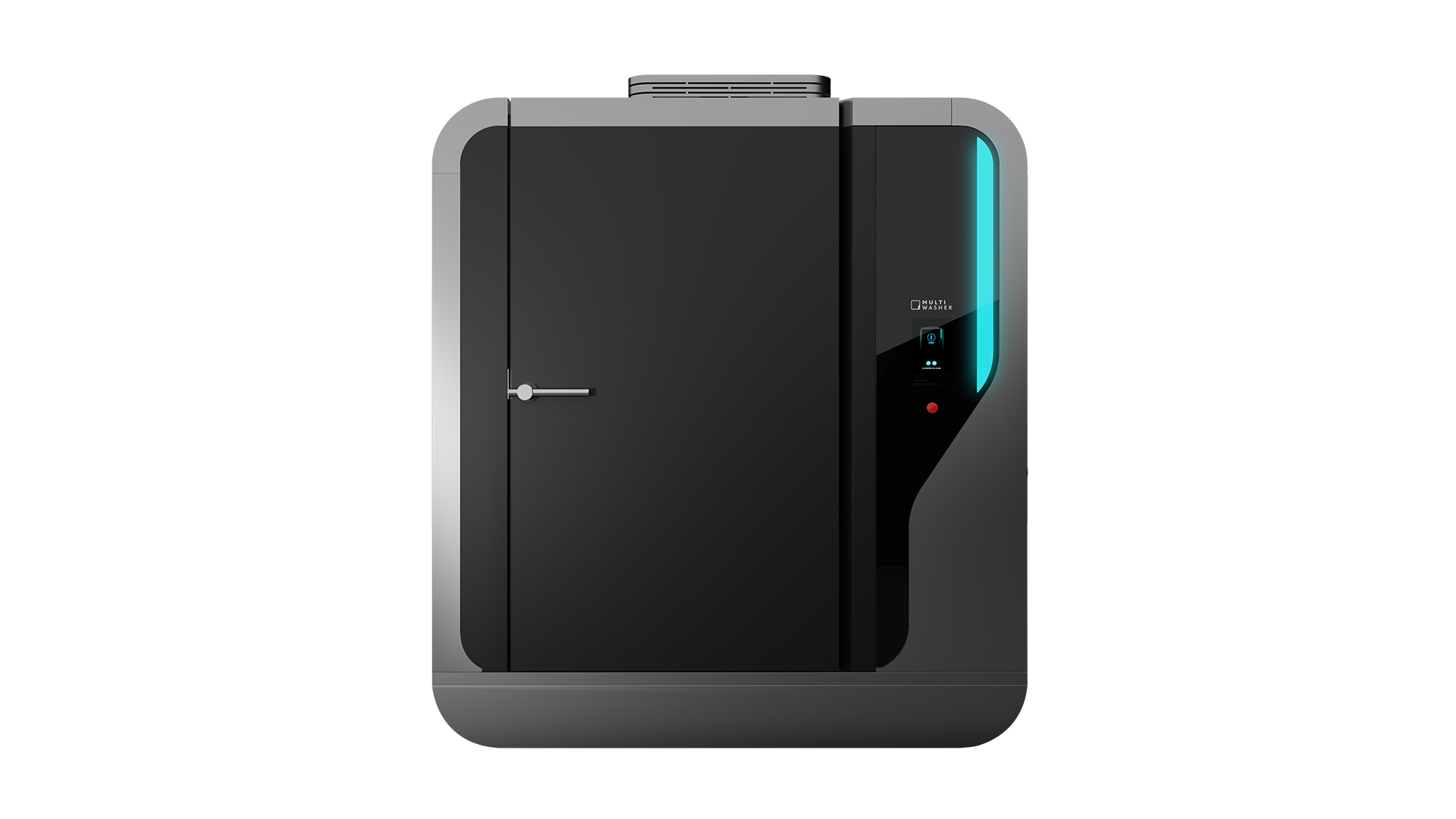
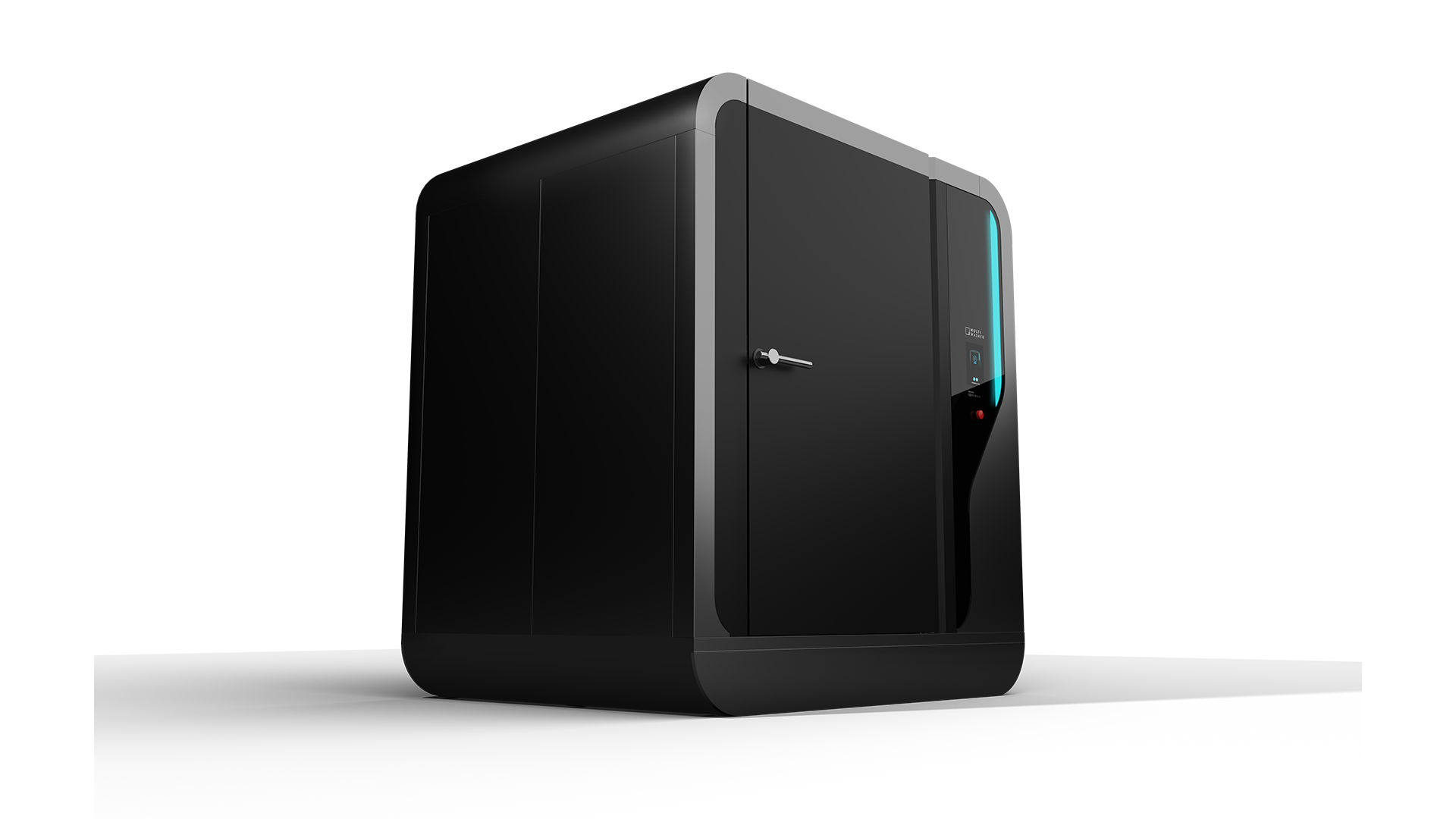
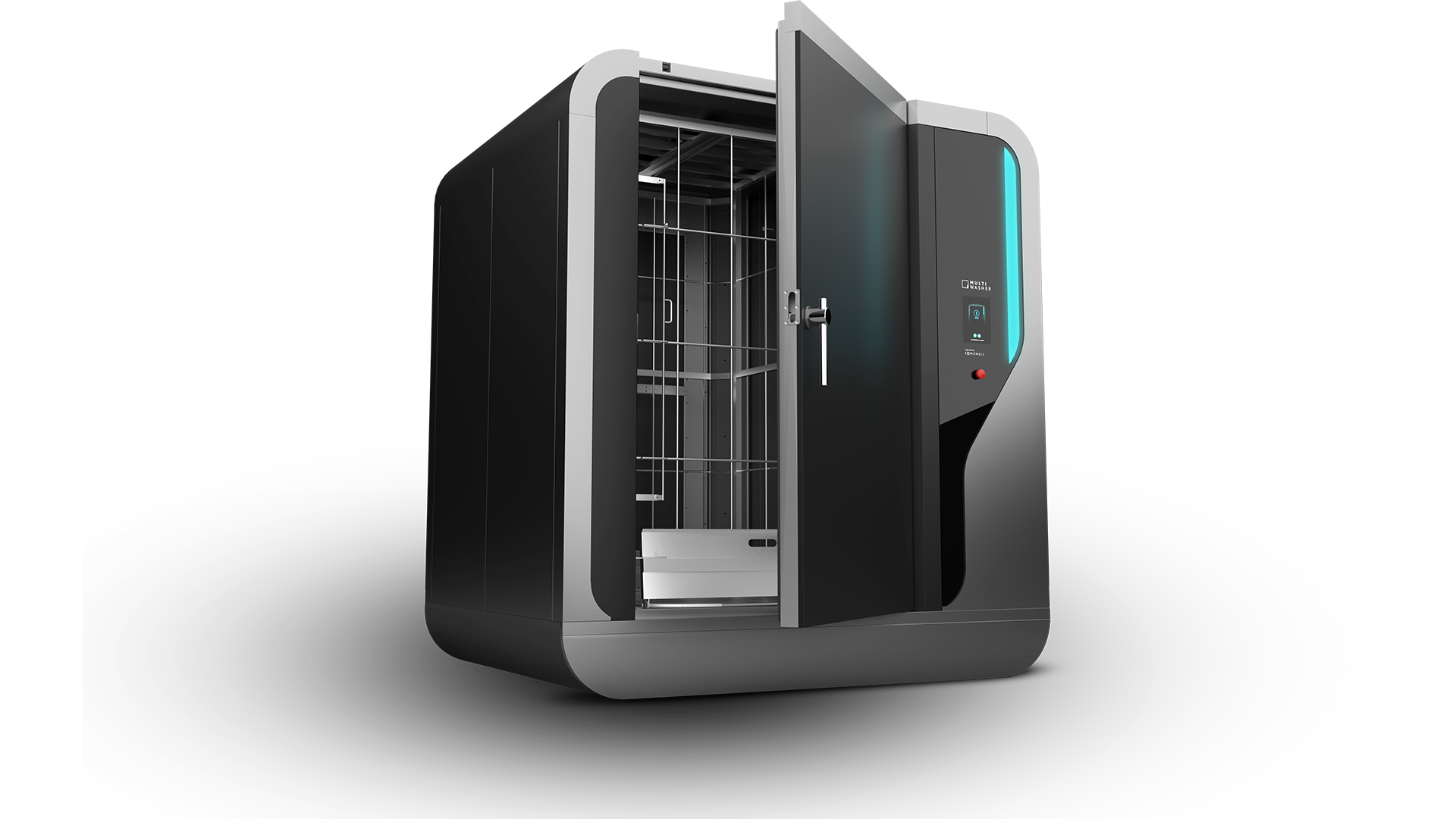
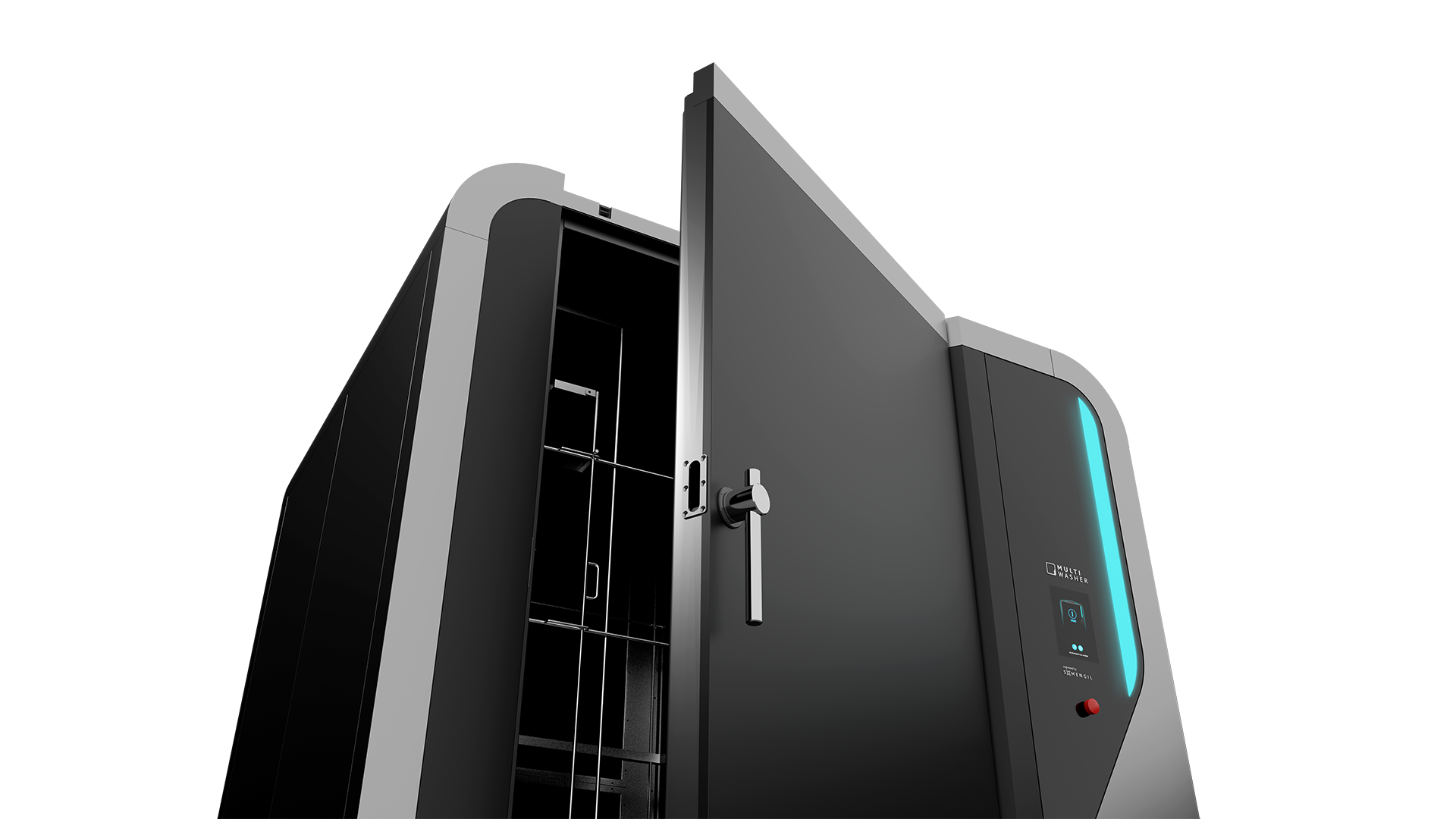
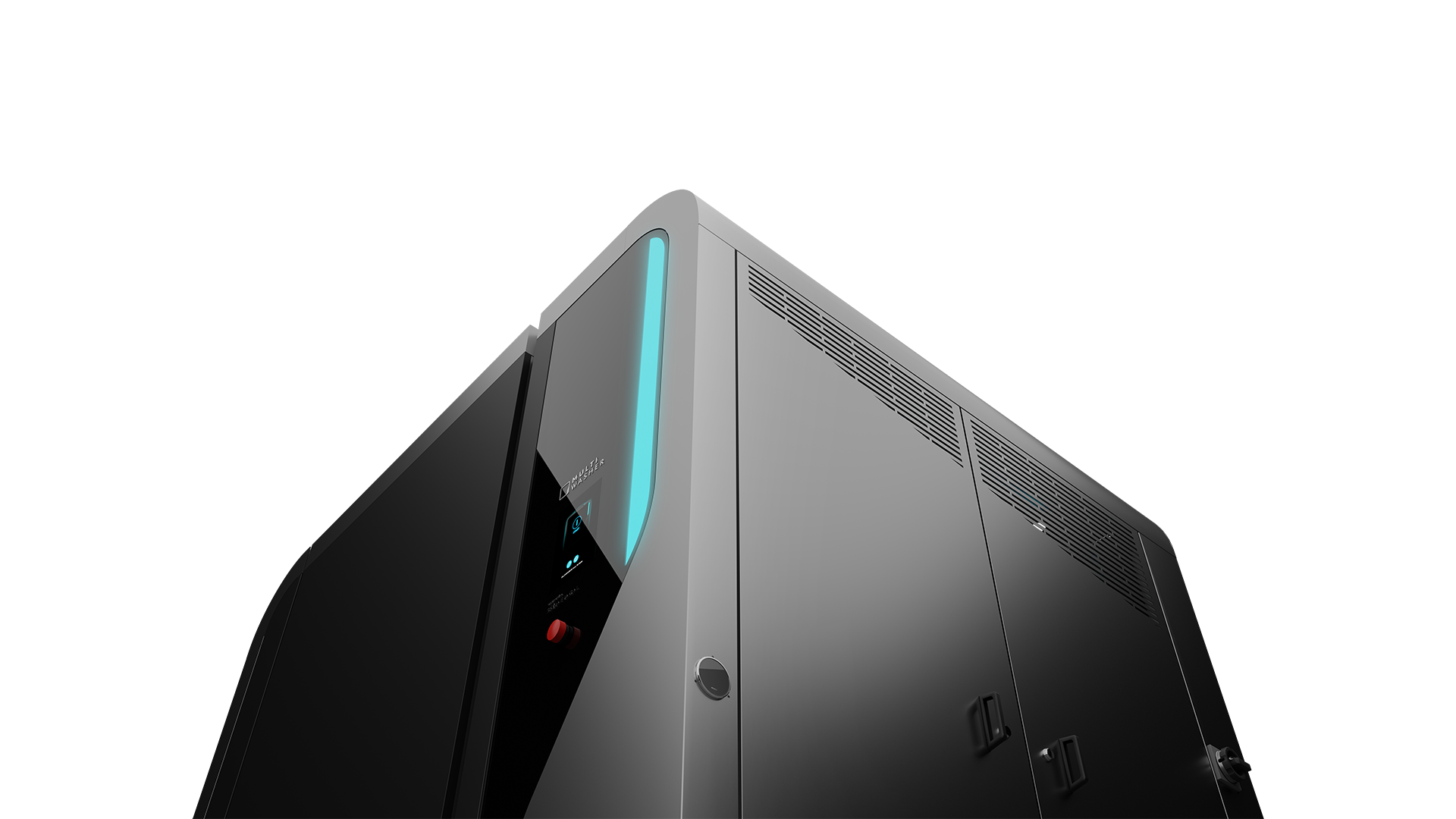
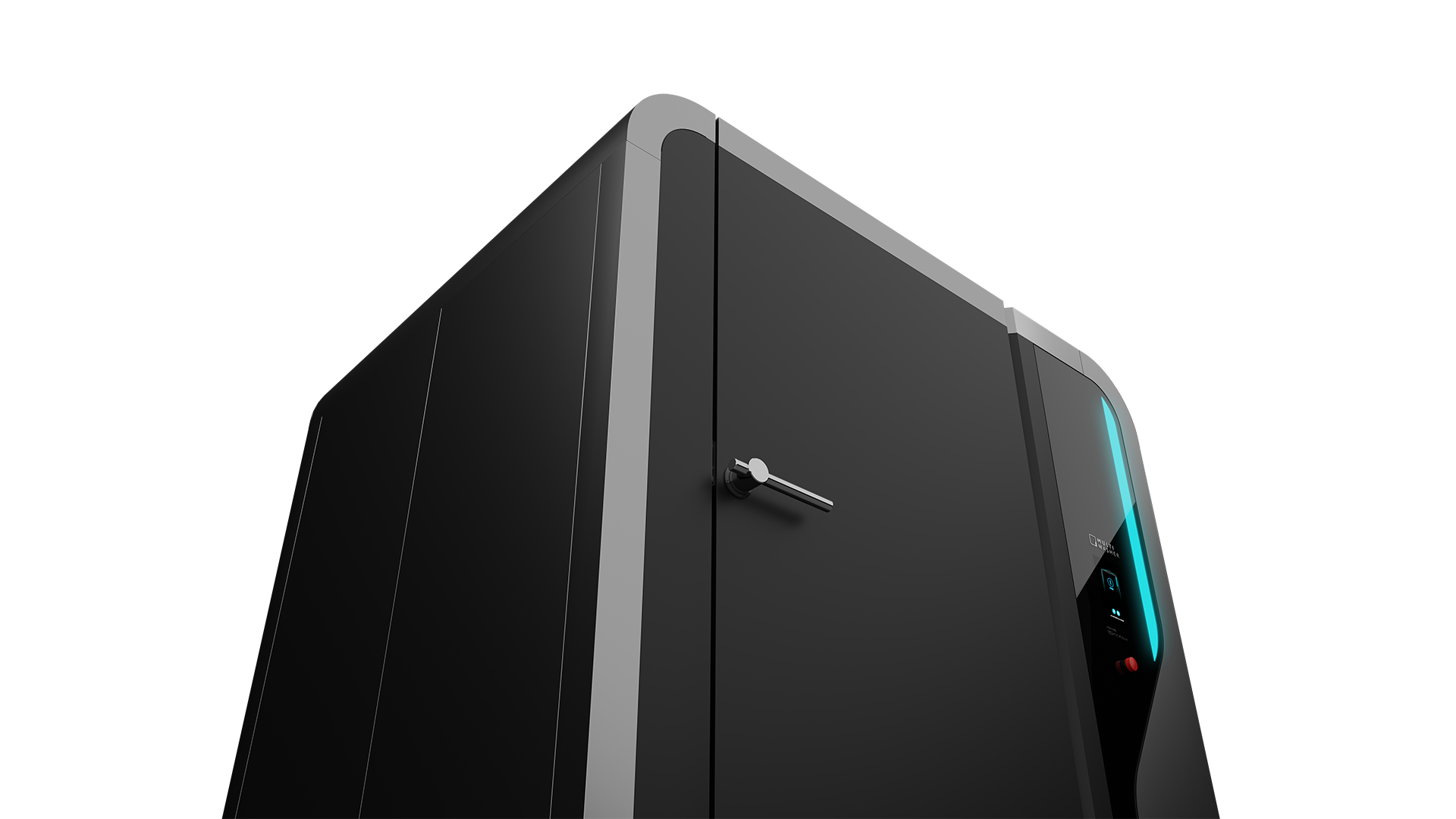
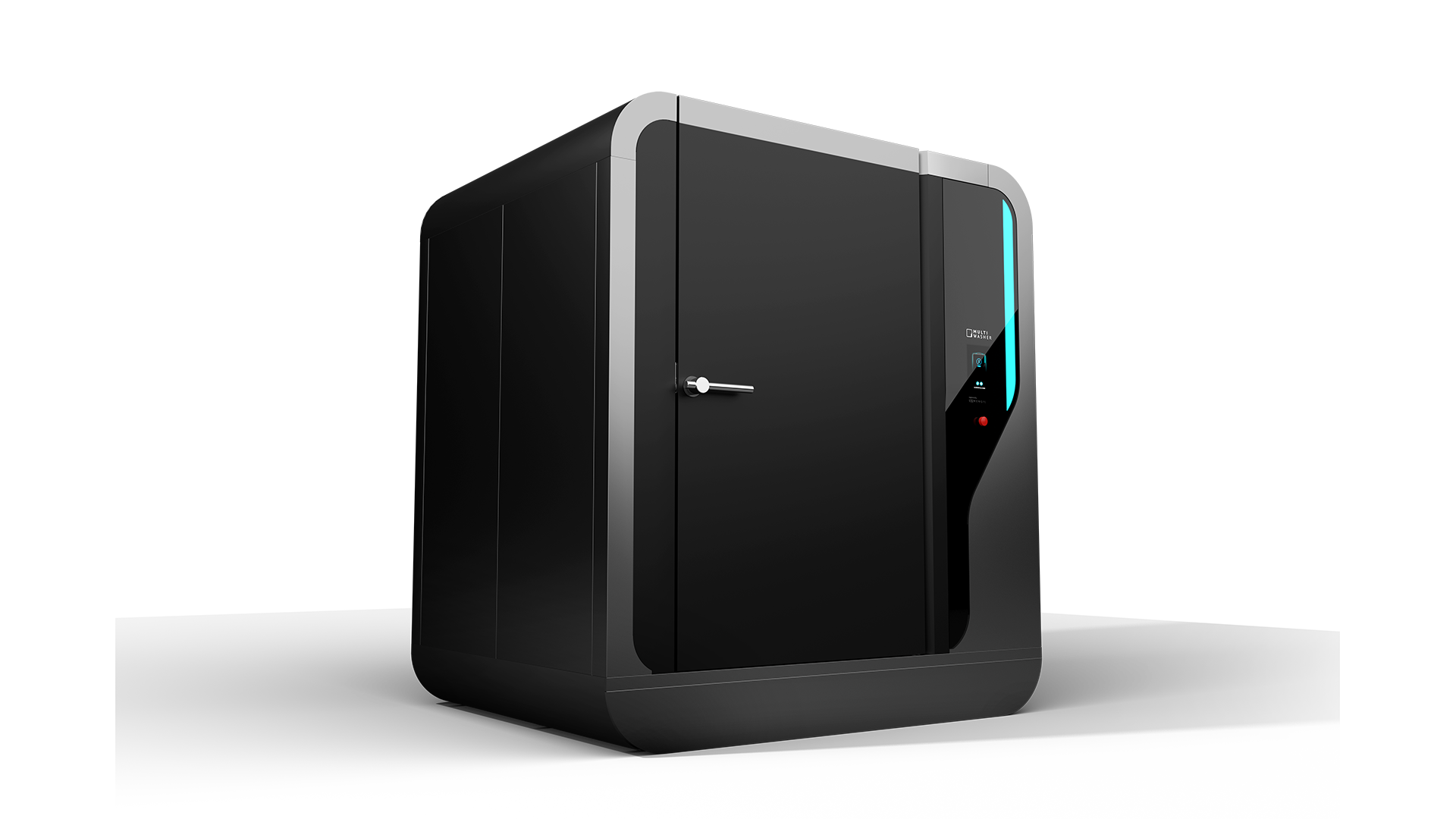
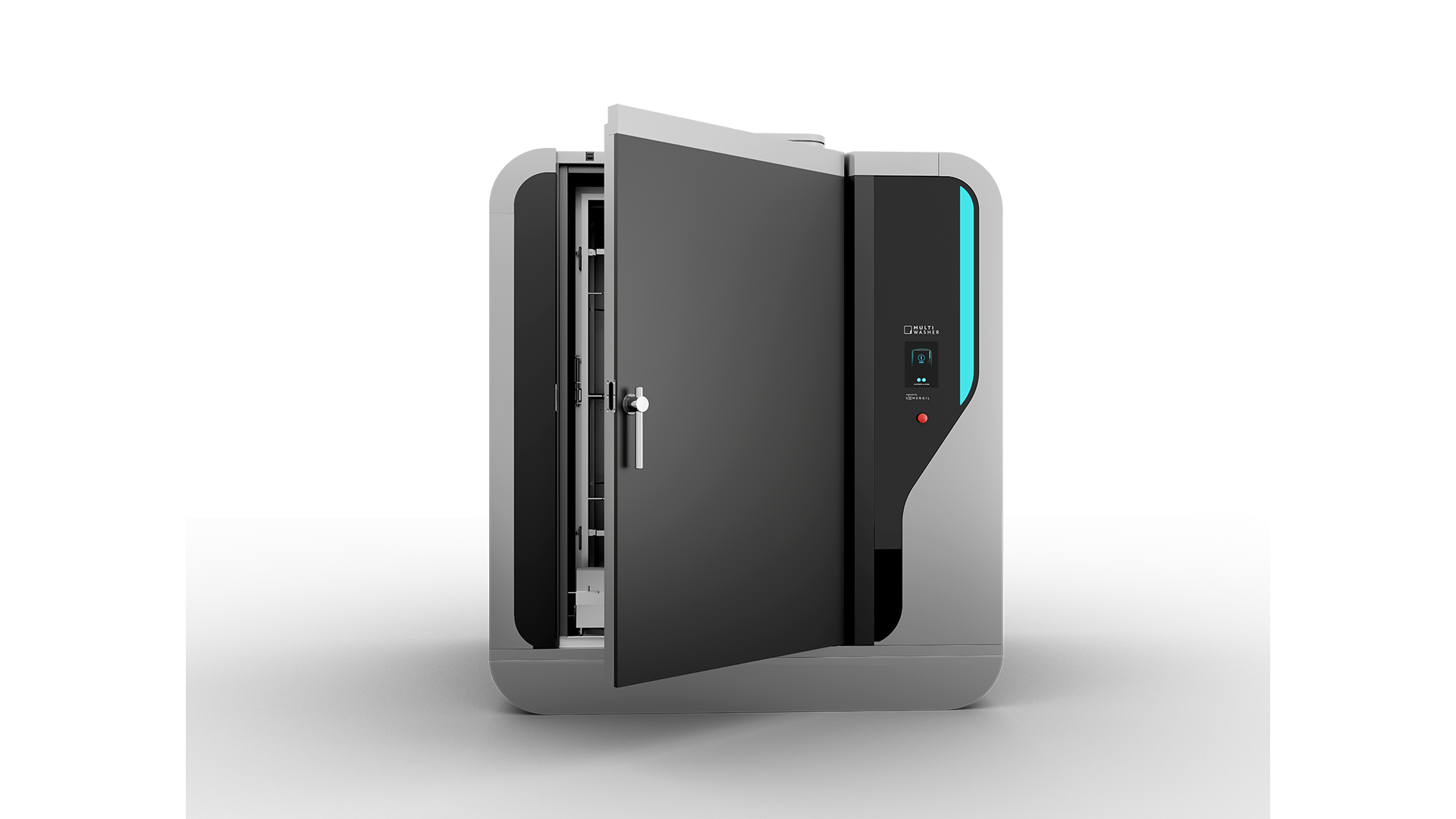
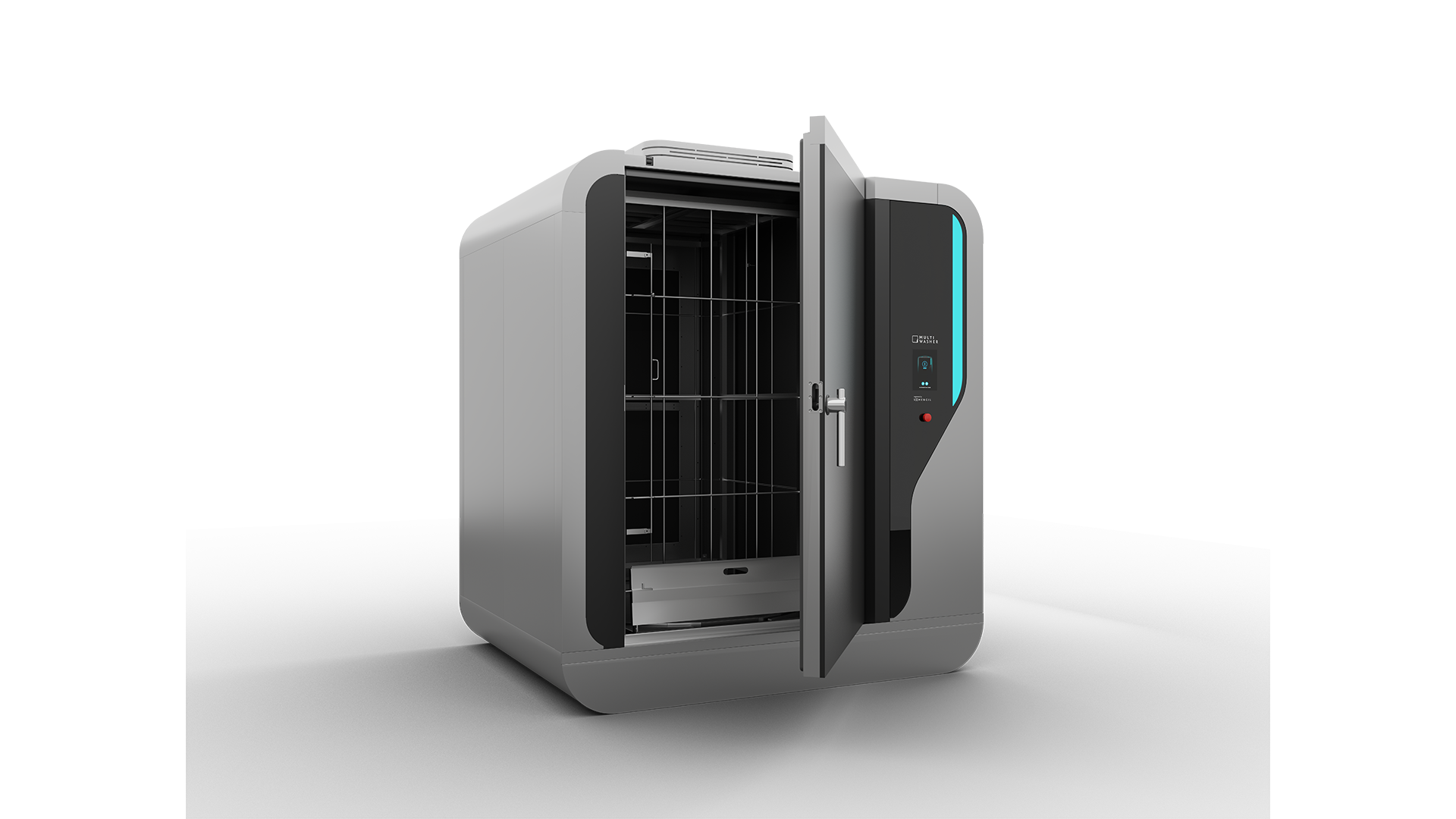
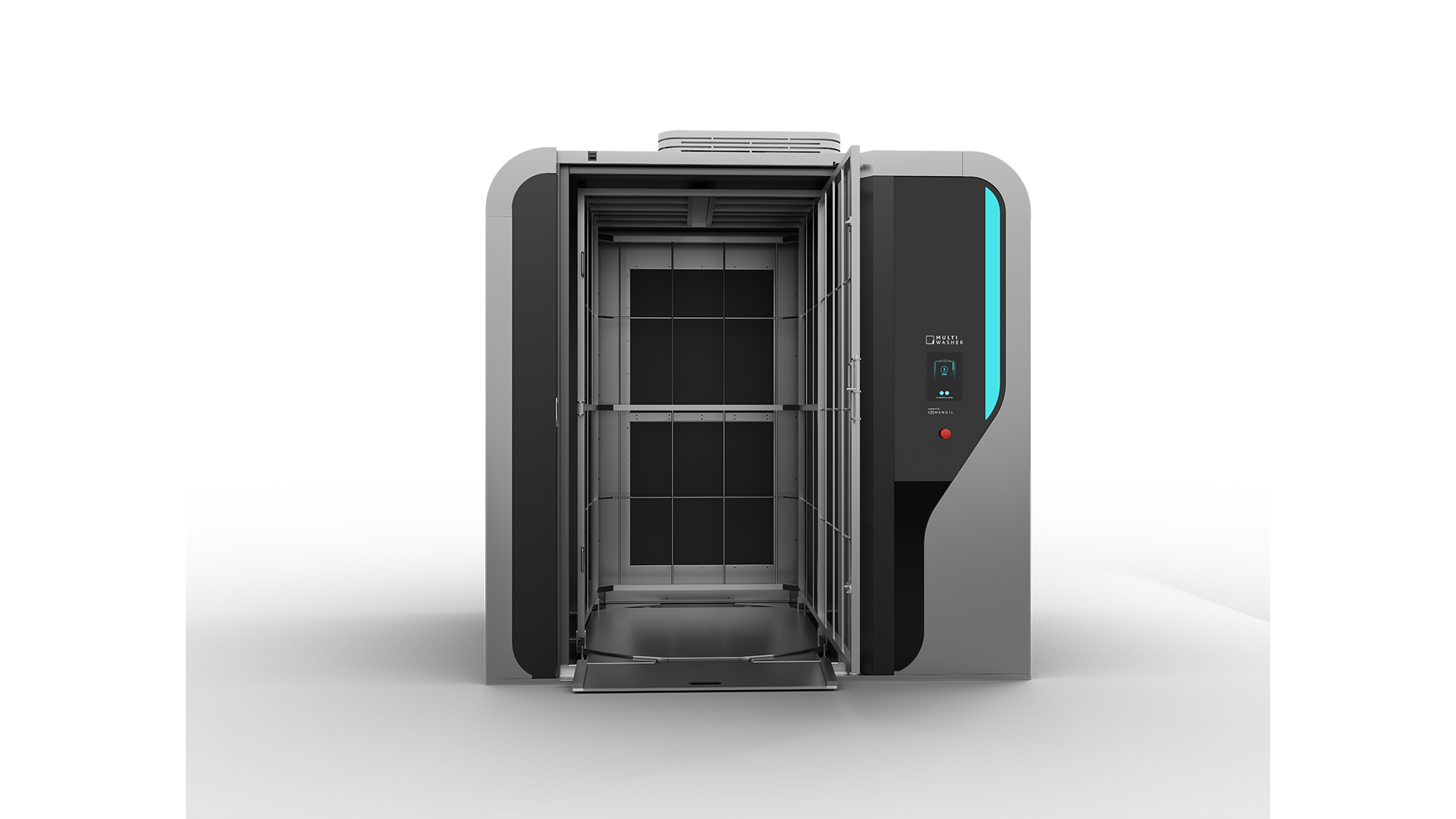
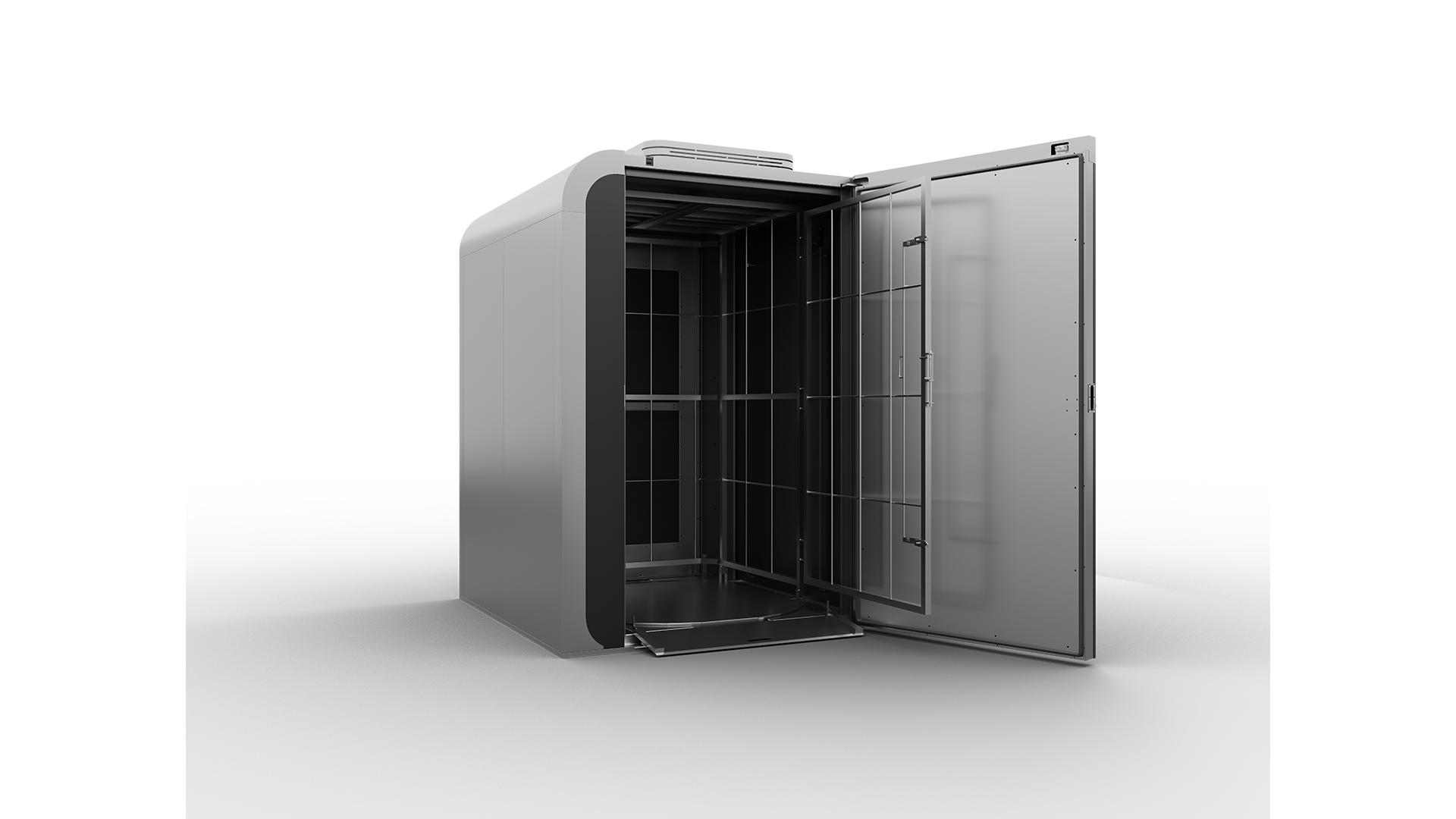
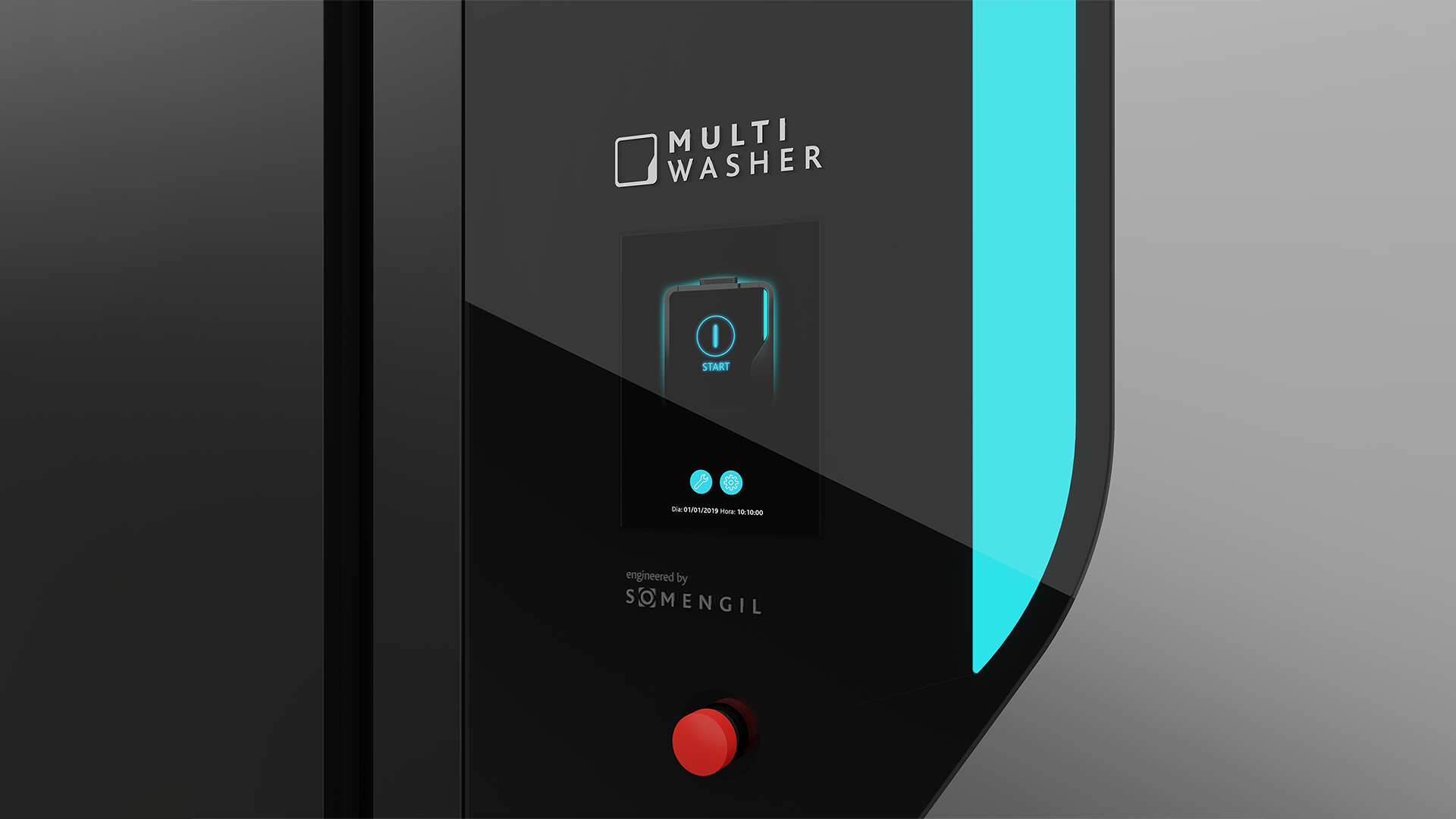
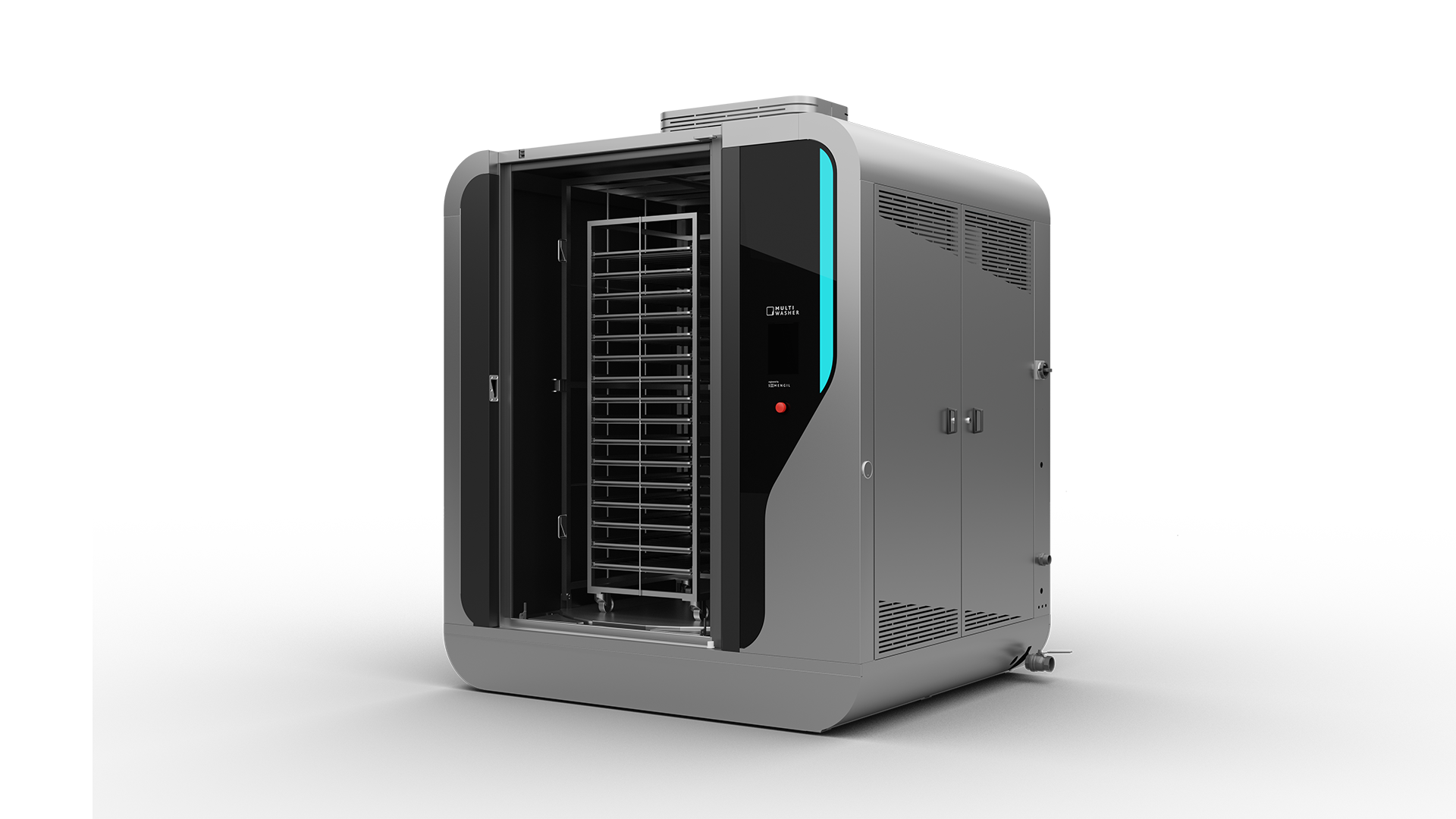
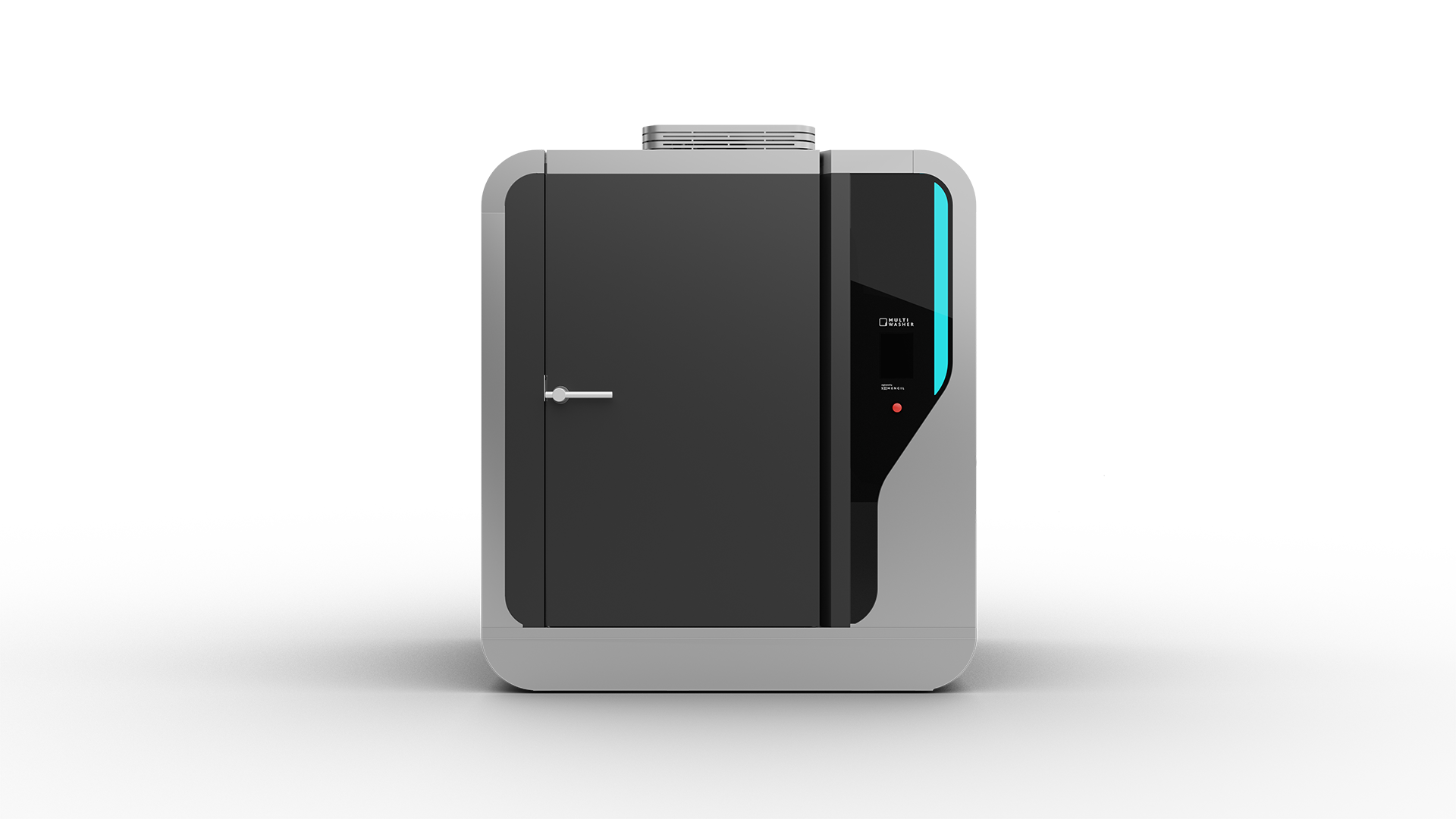

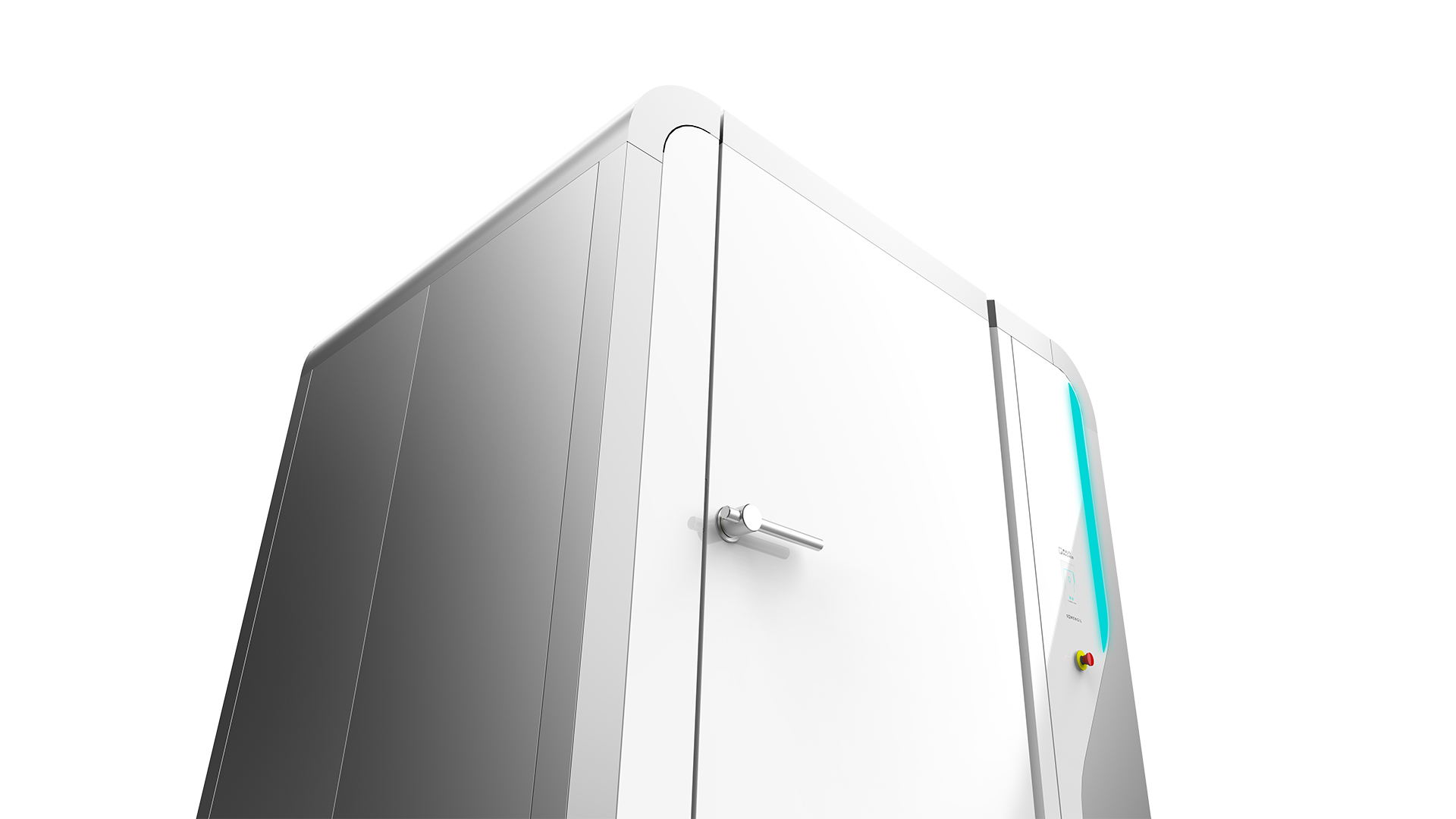
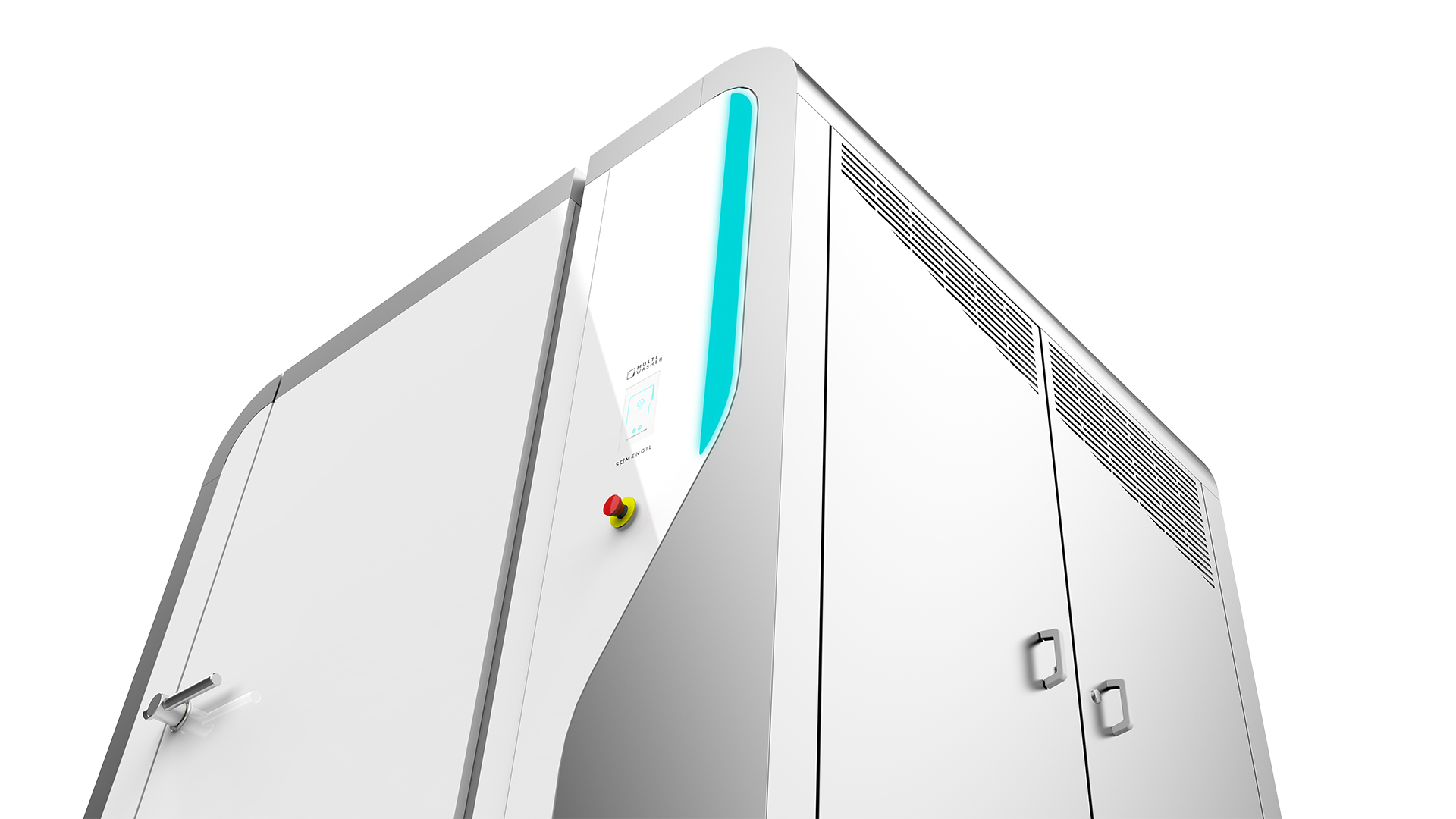
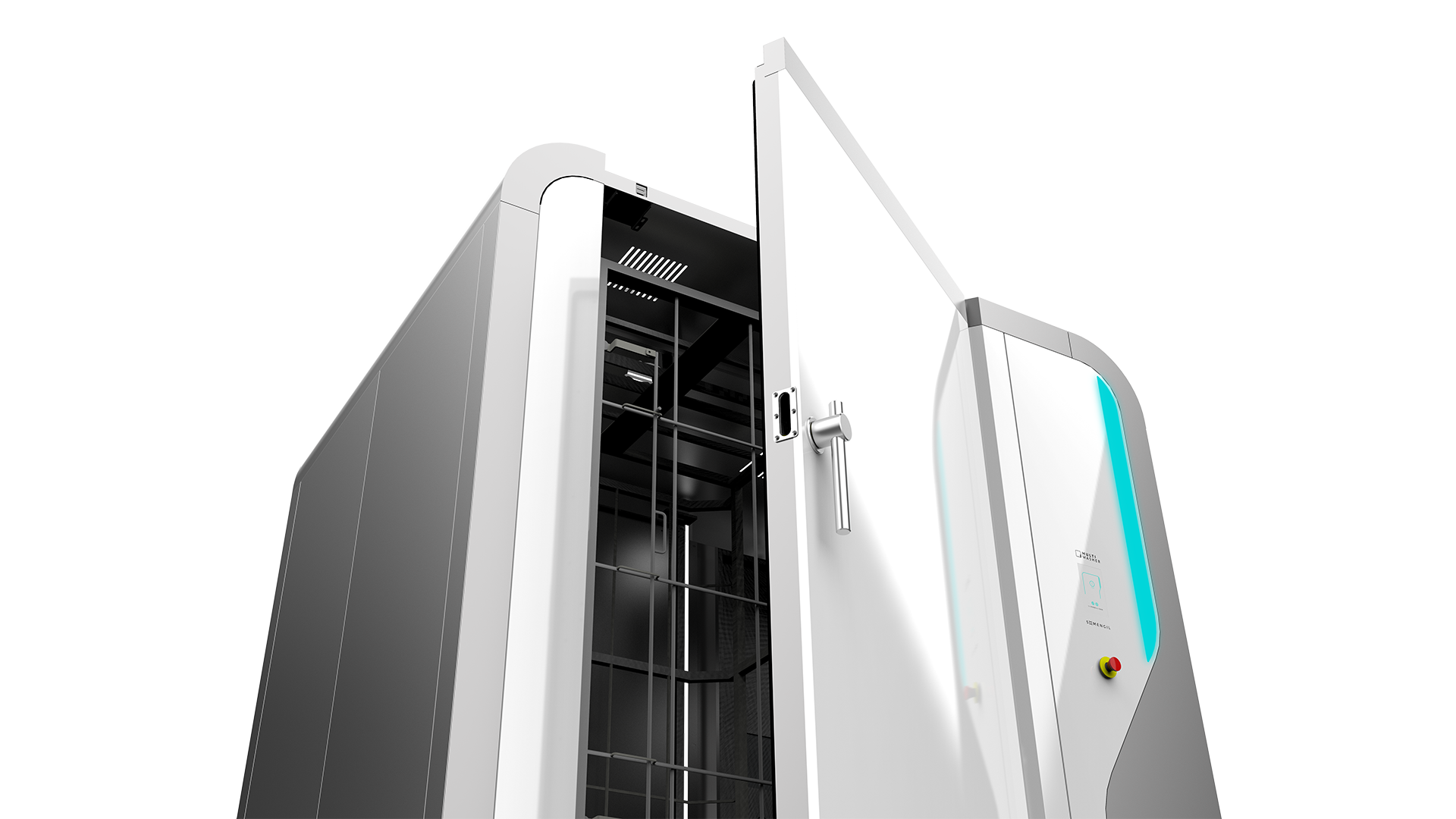
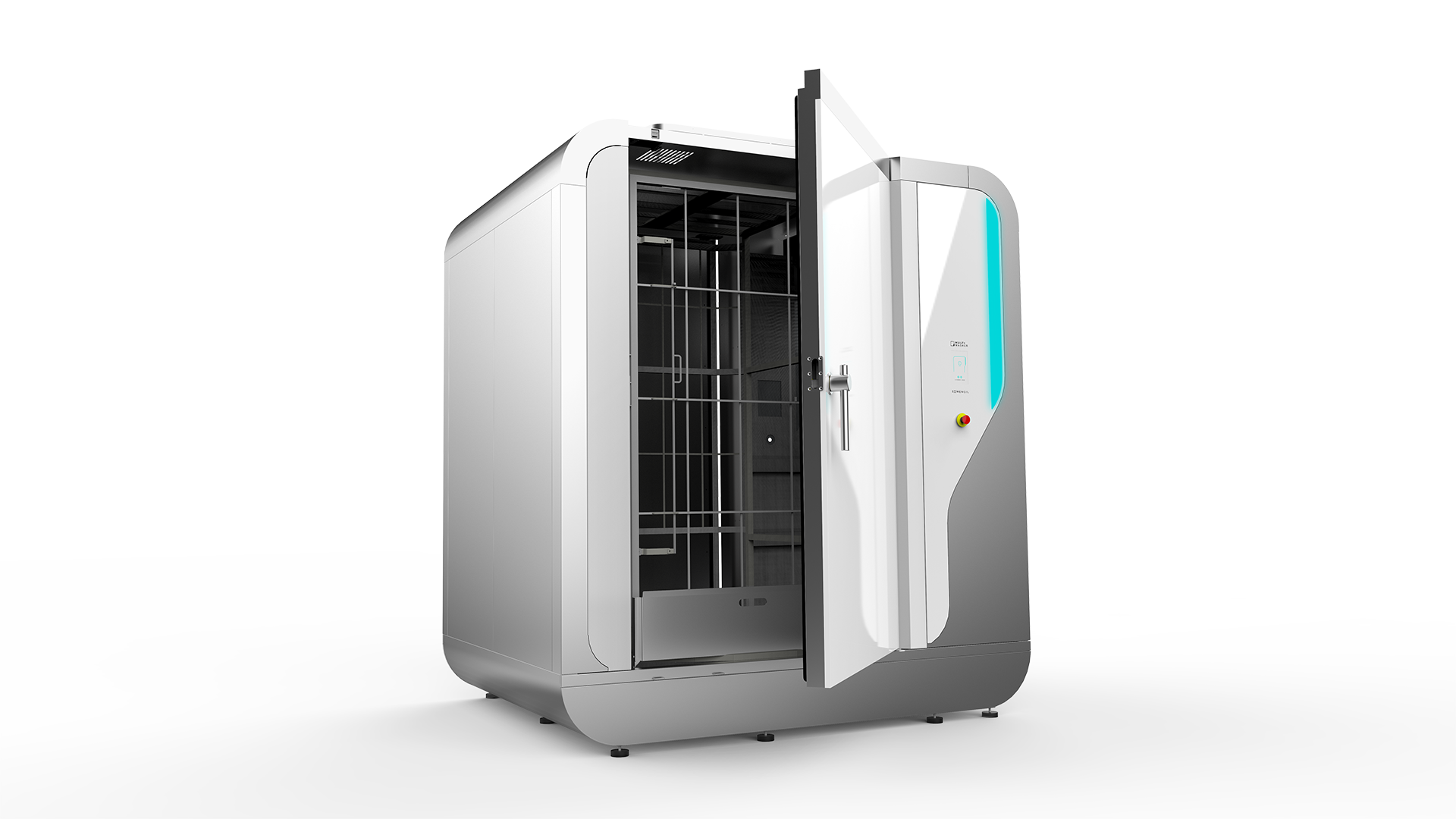
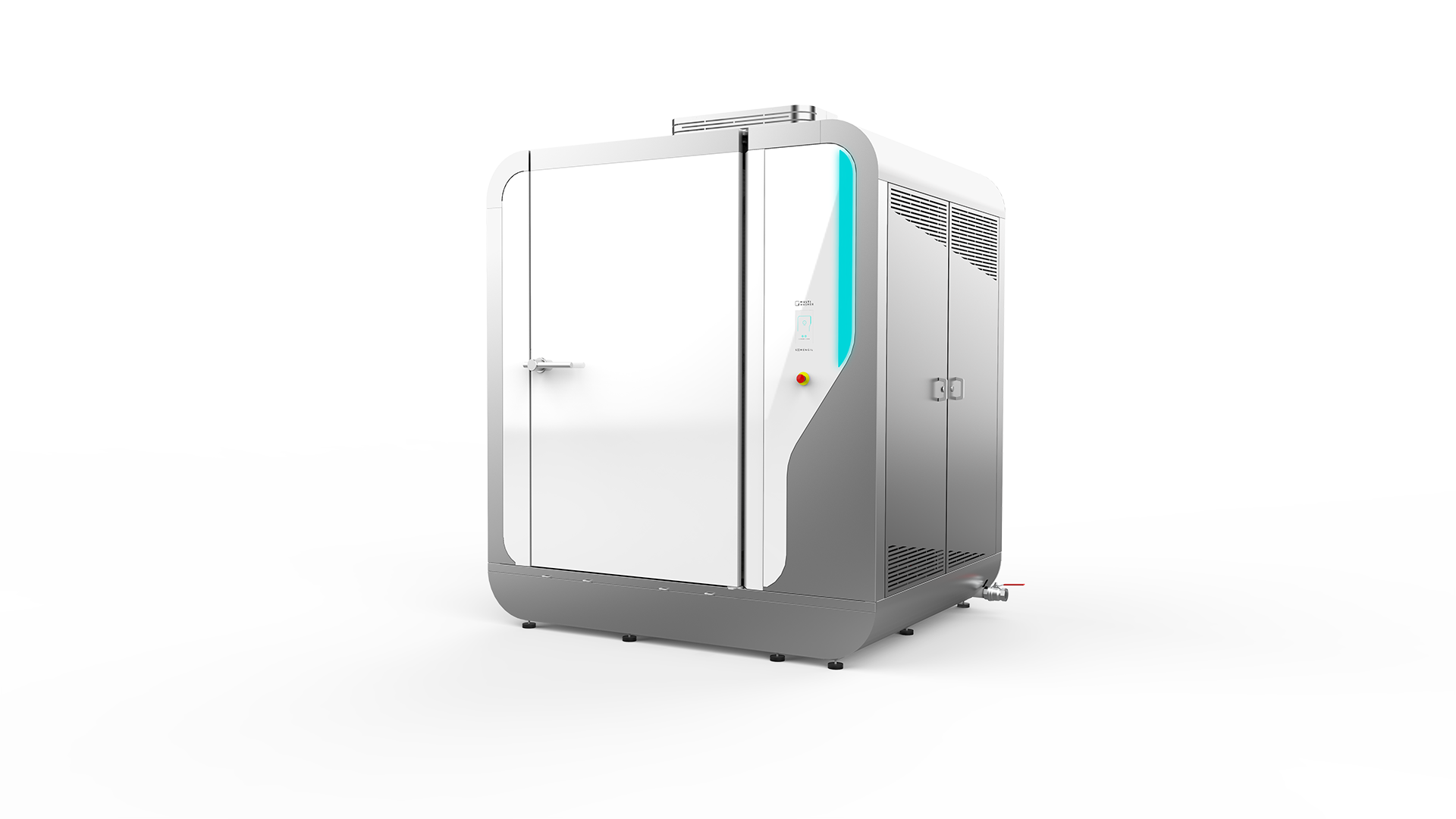
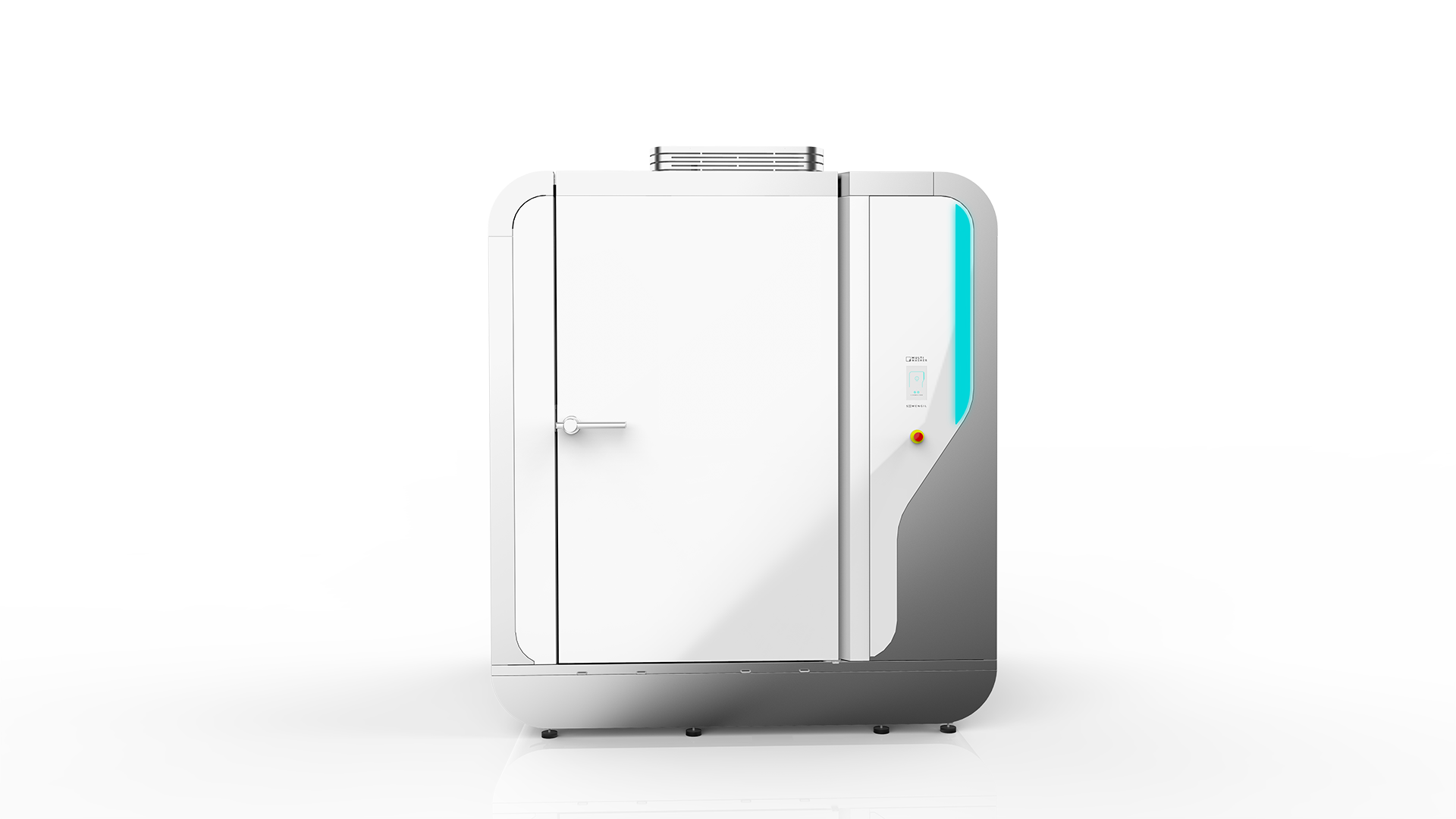
 Portugal
Portugal United Kingdom
United Kingdom United States
United States France
France Spain
Spain Germany
Germany Romania
Romania Italy
Italy Czech Republic
Czech Republic Finland
Finland Hungary
Hungary Slovakia
Slovakia Greece
Greece Lithuania
Lithuania South Korea
South Korea Russia
Russia Saudi Arabia
Saudi Arabia Poland
Poland Brasil
Brasil Hebrew
Hebrew